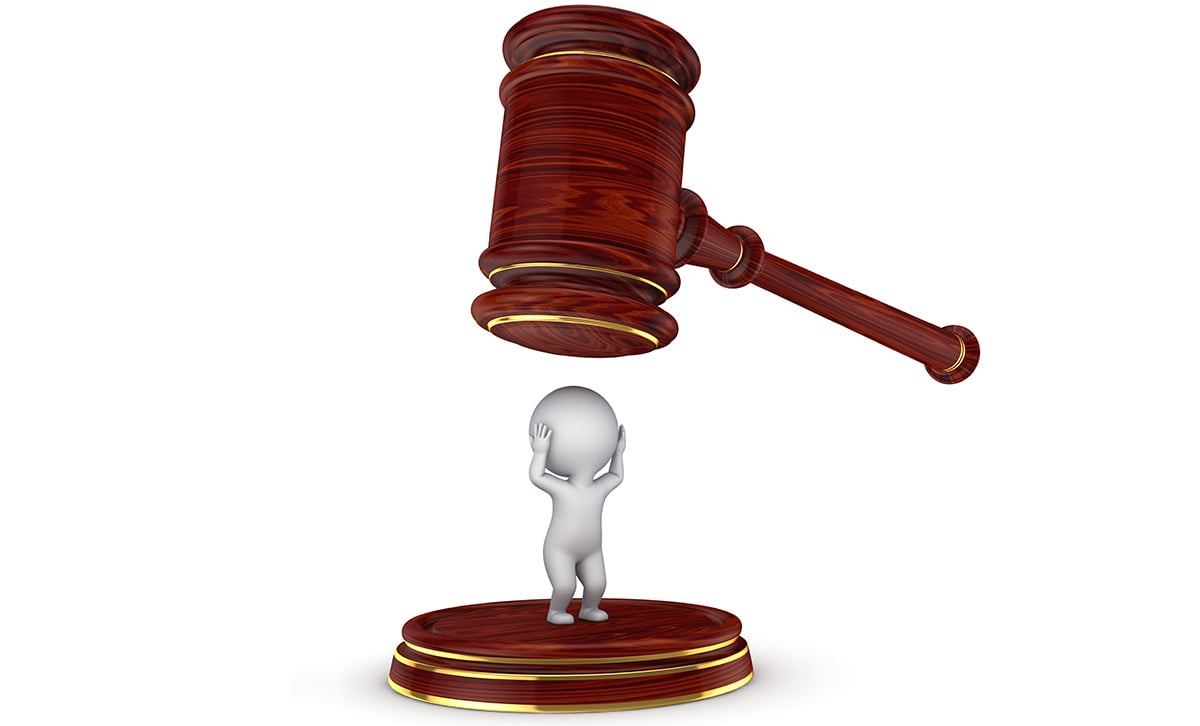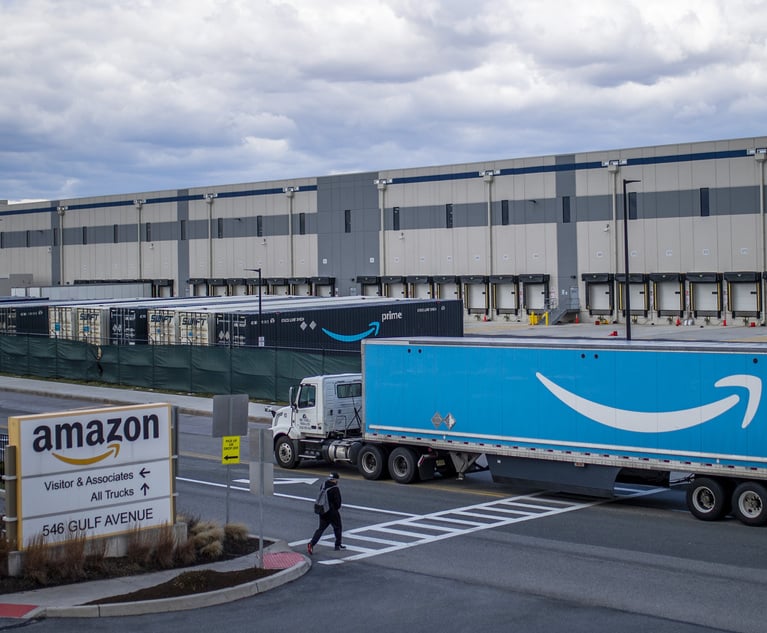Companies' patent litigation costs continue to rise, and the number of patent suits filed each year continues to grow, according to PricewaterhouseCoopers' (PwC) annual study on patent litigation, which suggests such litigation will play an increasingly important role in shaping companies' bottom lines.
A record 4,015 patent actions were filed in 2011, with the annual growth in patent actions averaging 6.4% since 1991, according to PwC. But median damage awards are falling, though awards to non-practicing entities (NPEs)—plaintiffs who never intend to produce the patented products—have nearly doubled, the study finds.
The $1.05 billion award that a jury ordered Samsung Electronics to pay Apple for patent infringement last month "is a dramatic exclamation point to the study's findings," says Sarah Burstein, an associate professor at the University of Oklahoma College of Law.
Recommended For You
Burstein notes the study's finding that plaintiffs in patent suits are increasingly seeking jury trials—an average of 55.2% did so in the 2000s, up from 25.3% in the 1990s. That's not surprising, she says, given how much easier it is for plaintiffs to paint defendants as idea thieves than for defendants to make the more nuanced argument that plaintiffs don't have enforceable rights.
The study notes a high correlation (96%) between the number of patent cases filed and patents granted by the U.S. Paten t and Trademark Office. However, Bob Chambers, a senior partner at the Cincinnati law firm of Wood Herron & Evans, discounted a causal relationship. He attributes the increase in patent suits to corporations' greater emphasis on protecting their patents and NPEs bringing more suits.
t and Trademark Office. However, Bob Chambers, a senior partner at the Cincinnati law firm of Wood Herron & Evans, discounted a causal relationship. He attributes the increase in patent suits to corporations' greater emphasis on protecting their patents and NPEs bringing more suits.
"In either case, the litigation represents significant costs for corporations," says Chambers, pictured at right.
The recession has prompted greater awareness of the importance of patents, Chambers says. He notes, for example, that more litigation is emerging in the technology industry, which traditionally did not get involved in patent litigation, and that plaintiffs such as Apple incur major costs to pursue litigation.
Consumer products remains the industry that sees the most patent lawsuits, followed by biotechnology and pharmaceuticals, industrial and construction, and medical devices. Computer hardware and electronics ranks next, but that industry may see litigation rise in coming years given recent M&A deals in which acquired companies held large numbers of patents, such as Google's acquisition of Motorola Mobility and the purchase of the patents of defunct Nortel Networks by a consortium of large technology companies.
In some cases, such acquisitions enable companies to protect against patent lawsuits. But NPEs—or patent trolls—also can use patent purchases to wring awards out of companies.
Robin Feldman, a professor at the University of California's Hastings College of the Law and author of "Rethinking Patent Rights," says the PwC study shows patent litigation continues to create significant risks for companies, with the higher awards paid to NPEs especially noteworthy.
"The trend toward monetization of patent rights and the creation of markets for patent monetization suggest that the risk and expense of patent bargaining and maneuvering will only increase in the coming years," Feldman says.
Burstein says another factor driving the increase in litigation, which wasn't mentioned in PwC's study, may be an increase in third-party funding of suits, a trend she noticed in private practice before joining the university earlier this year.
"Even companies who could pay [to pursue litigation] didn't want to, and they were happy to say [to a third party], 'You front me some money and I'll agree to [to give you] some percentage of payout,'" she says.
One plus for defendants is that the median damage award between 2006 and 2011 averaged only $4 million, on the low side of the range from $1.9 million to $16 million seen between 1995 and 2011. Chambers says that trend toward moderation in damages is likely to continue because federal courts have been requiring more rigorous proof to award damages since 2010.
The PwC study found that the highest damage awards occurred in the telecommunications industry. Other industries with relatively high awards are biotechnology and pharmaceuticals, medical devices, and computer hardware and electronics.
© Touchpoint Markets, All Rights Reserved. Request academic re-use from www.copyright.com. All other uses, submit a request to [email protected]. For more inforrmation visit Asset & Logo Licensing.



